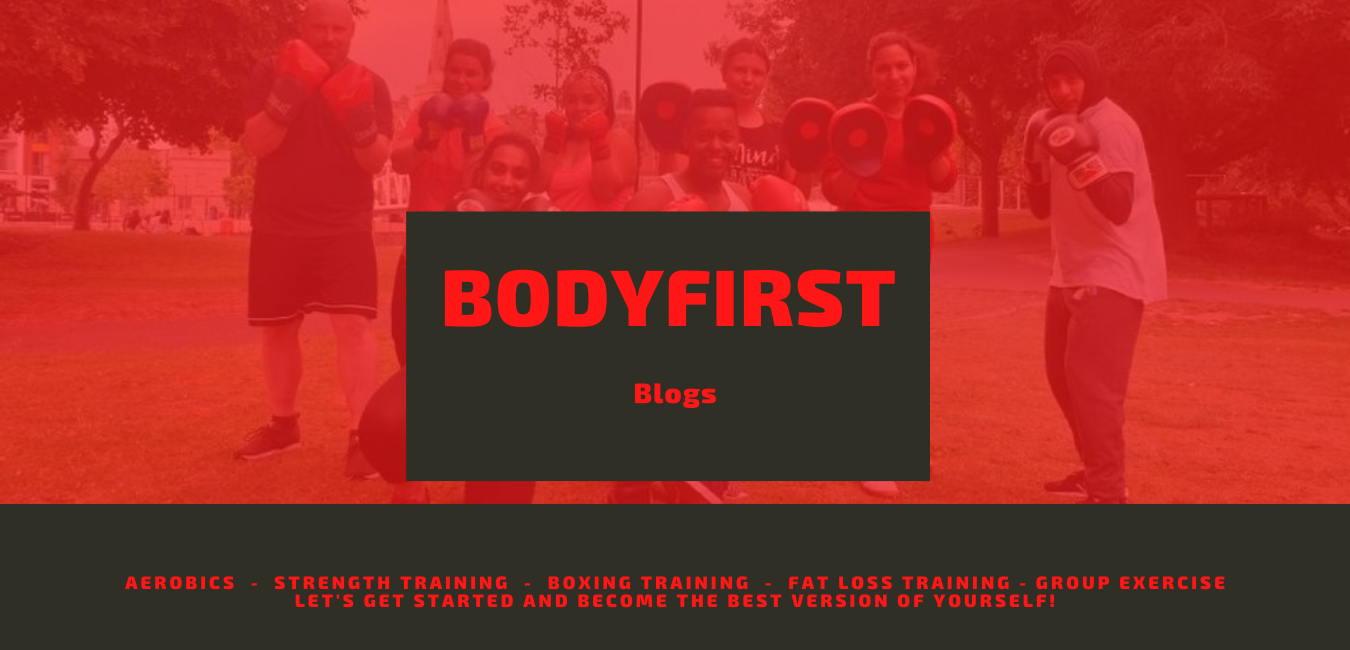|
When the task at hand is to build as much quality muscle mass as possible, there are two things you should look at: Your training and your nutrition.
Muscle gaining is technically a process of stimulus, followed by a period of recovery. At its very essence, muscle gaining is just your body preparing for bigger challenges, ahead of time. In this series of articles, we’ll take you through everything you need to know, in order to create your PERFECT muscle-building blueprint. The first part of the series goes over one of the most important things for the goal, namely, analysing, measuring and setting up your workout. Now let’s get to it How to measure a workout If you think about it, when you are in the gym, you’re working with weights… Those weights are numbers and when we have numbers, there is a certain level of mathematics involved. That is to say… There’s actually a mathematical formula for muscle gains! Your workout can be measured by 3 main variables:
Intensity is a measure of how close you get to your maximum strength capabilities. The closer you get, the higher your intensity is, meaning that it increases as your working weight goes up. Volume is a measure of your total working weight, for all of your exercises, sets, and reps. You can measure volume using this formula: Weight * Sets * Reps = Volume For instance, using 100 kg for 2 sets of 10 would create a volume of 2000 kg (100*2*10=2000 kg) Last but not least, we have density, which is a measure of your volume, related to the total time needed for its completion, including rest times. To measure density, you use this formula: Volume / Total completion time = Density (kg per minute) For instance, if those 2 sets of 10 with 100 kg take you 2 minutes to complete, this would be a density of 1000 kg/min. But How Do You Measure Intensity? Alright, so far you learned the following:
But how exactly can you measure intensity…? Well, here comes the practical part! To get an idea of what 100% intensity looks like for you, for a certain exercise, you have to find out the weight you can lift for one single repetition - This will show you your maximum strength capabilities. To do this, you will use the “One repetition maximum” method. Again, this method implies using a weight that will take your muscles to failure after one single rep, meaning that you will not be able to complete a second rep unassisted. How to test your 1 rep max Before we get to the actionable steps, if you are a beginner, avoid testing your one-rep max, as it may lead to injuries. Instead, use the same scheme but go for a 5 rep max instead, where you use a weight that takes your muscles to failure at around the 5th repetition. Here are the steps to testing your one-rep max:
This same scheme can be used by beginners for the 5 rep max method. Why you need to know this Alright, this important bit of information we just gave you, is part of what will allow you to create your muscle-building blueprint. The reason why this is important is that the ratio of these variables is what will determine how the muscles work, what type of energy it uses, and thus, how it develops. In the next article, we’ll explain to you exactly how these variables affect the way the body provides energy. See you in part 2! . Comments are closed.
|
AuthorI have been weight training, running and cycling for 38 years and I have gained a vast amount of experience in fitness both as a Soldier in The British Army and in the past 22 years having been involved in the fitness industry. Archives
February 2023
Categories |

 RSS Feed
RSS Feed